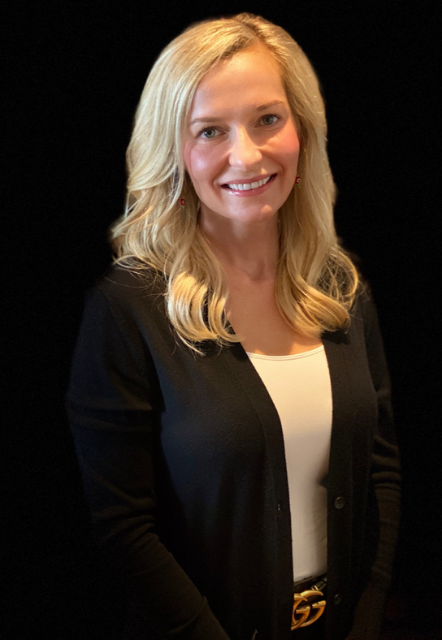We Turn Marketing & RevOps Leaders Into Heroes.
You've worked hard to reach your position of leadership at your company. But what's the next step toward growth? That's where we help you. We build high-impact business systems on the HubSpot platform that turn marketing and RevOps leaders like you into heroes.
What We Do
So how specifically do we turn you into a RevOps hero? We do it in a 4-step process:
- Map out your ideal-state customer journey lifecycle
- Build the processes and systems to implement that customer lifecycle
- Operate the systems and track key indicators of progress
- Identify and implement opportunities for further improvement

The Customer Journey Lifecycle
DELIGHT
Turn Customers Into Evangelists
Attract
Capture Attention with High-interest Content

CLose
Increase Purchases Through a rock-Solid Sales Process
Engage
Obtain and Nurture Leads Through Irrestistible Offers


Our Team
What do Mandarin Chinese, Pinterest, and circuit boards all have in common? Plenty, because they each play a role in our backstory. Discover how our personal experiences shaped us into the marketers we are today.
About Us
Case Study
- Client
- Nexus Consulting
We built out a scaleable sales pipeline and a new custom quote-to-cash engine for Nexus Consulting that increased sales velocity and significantly reduced manual proposal-building.
View MoreWhat Our Clients Are Saying

I've worked with ClearPivot for more than eight years and also recommended them to many practices in our industry. I love how they are analytics driven to ensure that the work we produce together is yielding results for our physicians. They provide data that is meaningful so we can make adjustments in our marketing tactical plan. I truly feel like they partner with me. Most importantly, the leadership CARES about the work they produce with you. I am so thankful I found them.
Jennifer Fuller
Chief Marketing Officer

We've been using ClearPivot and HubSpot for inbound marketing for more than a year, and they've gotten results! Previously, 76 percent of our referrals came from third party online referral sources. Now, that number has declined to only about 50 percent, and we're getting the difference and MORE through direct traffic and links in customized marketing products created by ClearPivot. And there you have it: they do what they say!
Steve Vinson
Senior Vice President For Communications
Magnolia Manor

Let me preface by saying I don't work for HubSpot or ClearPivot. HubSpot is such a great tool, but if you think you can fully utilize it without hiring ClearPivot, Godspeed. We are so happy we found this company, experts doesn't even begin to describe ClearPivot, especially if you are lucky enough to get Monica Evans. The support they provided us has exceeded expectations. I'm convinced they know more than the HubSpot support team themselves. I can not recommend this company enough.
Trevor Lyons
Director of Technology
Ripclear Protection